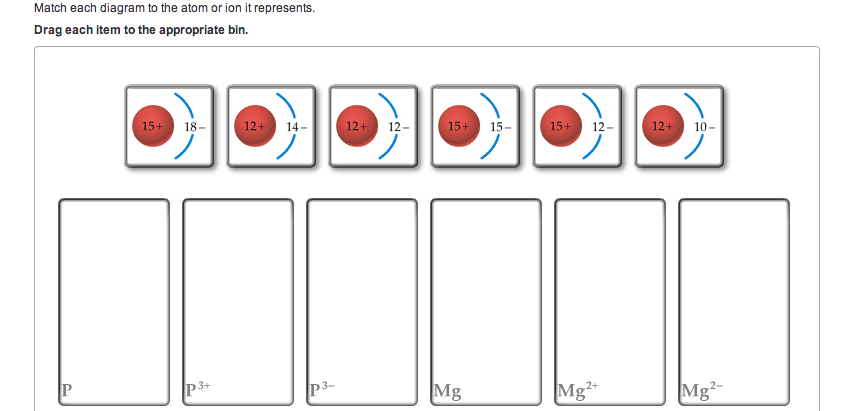CHEM 127 Lecture Notes - Lecture 1: Iodised Salt, Potassium Iodide, Atomic Orbital

Organic Chemistry Chapter 1
1.1, The Periodic Table
All matter is composed o the same building blocks called atoms, with two main components
- Nucleus: contains positively charged protons and uncharged neutrons.
- Most of the mass of the atom is contained in the nucleus
- Electron cloud: composed of negatively charged electrons.
- The electron cloud comprises most of the volume of the atom
The charge on a proton is equal in magnitude but opposite in sign to the charge on an electron.
In a neutral atom, the number of protons in the nucleus equals the number of electrons.
- This quantity, called the atomic number, is unique to a particular element.
- example: every neutral carbon atom has an atomic number of six, meaning it has six
protons in its nucleus and six electrons surrounding the nucleus
Charges ions
- A cation is positively charged and has fewer electrons than its neutral form
- An anion is negatively charged and has more electrons than its neutral form
The number of neutrons in the nucleus of a particular element can vary
- Isotopes are two atoms of the same element having a different number neutrons.
- the mass number of an atom is the total number of protons neutrons in the nucleus.
Isotopes of carbon and hydrogen are sometimes used in organic chemistry
- The most common isotope of hydrogen has one proton and no neutrons in the nucleus, but 0.02%
of hydrogen atoms have one proton and one neutron
- This isotope of hydrogen is called deuterium, and is sometimes symbolized by the
letter D.
- Most carbon atoms have six protons and six neutrons in the nucleus, but 1.1% have six protons
and seven neutrons
The atomic weight is the weighted average of the mass of all isotopes of a particular element,
reported in atomic mass units (amu)
1.2, Bonding
- Ionic bonds result from another transfer of electrons from one element to another
- Covalent bonds result from the sharing of electrons between two nuclei
An ionic bond generally occurs when elements on the far left side of the periodic table combine
with elements on the far right side, ignoring the noble gases, which form bonds only rarely
The resulting ions are held together by extremely strong electrostatic interactions.
- A positively charged cation formed from the element on the left side attracts a negatively
charged anion formed from the element on the right side.
- The resulting salts are seen in many of the inorganic compounds with which you are
familiar.
- Sodium chloride (NaCl) is common table salt, potassium iodide (KI) is an
essential nutrient added to make iodized salt.
find more resources at oneclass.com
find more resources at oneclass.com
Document Summary
Most of the mass of the atom is contained in the nucleus. The electron cloud comprises most of the volume of the atom. Example: every neutral carbon atom has an atomic number of six, meaning it has six protons in its nucleus and six electrons surrounding the nucleus. All matter is composed o the same building blocks called atoms, with two main components. Nucleus: contains positively charged protons and uncharged neutrons. Electron cloud: composed of negatively charged electrons. The charge on a proton is equal in magnitude but opposite in sign to the charge on an electron. In a neutral atom, the number of protons in the nucleus equals the number of electrons. This quantity, called the atomic number, is unique to a particular element. A cation is positively charged and has fewer electrons than its neutral form. An anion is negatively charged and has more electrons than its neutral form.


